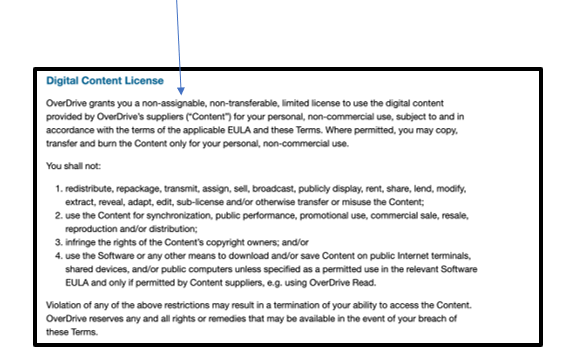Submission Date:
Question:
We are trying to determine if sharing only book covers as part of video book talks published online is Fair Use. We think we can support a Fair Use evaluation. However, we would like to know how library management software is allowed to include covers in our online public access catalogs. How to do they get permission? We would like any feedback and information regarding book covers. Many thanks.
Answer:
I am writing this answer on a Friday afternoon, so before I give a formal answer (and I will, this is an important question), please indulge me in a small flight of fancy.
Instead of asking about book covers in a video book talk, let's pretend it's 1978 and you've asked me if you can bring some friends to Studio 54, where entry is based not on four fair use factors[1], but depends on a subjective analysis of fashion, beauty, eccentricity, and fame.[2]
So here we are. It's Friday night, under the glittering marquee, approaching the doorman...[3]
Your friend with the feather boa and the spandex?
IN.
Your friends clad totally in cutting-edge Halston?
IN.
Your friend whose art opening was recently on the cover of the Village Voice?
Mmmm... go to the back of the line and mingle, we'll see what we can do in an hour or so.
Your friend who is actually the nicest person on the planet, but is wearing a middy blouse and clogs?
OUT.
You?
[...I'll let you decide if you have made the cut.[4]]
Flash back to a Friday afternoon in pandemic-fatigued 2021, book covers, and this fair use question.
Fair use is always complex, but adding book covers to the mix ups the ante.
That is because book covers, depending on what they feature, can have many layers of intellectual property protection--not only multiple copyrights (for the art, the cover arrangement, and the book as a whole), but any trademark on the cover and, if the cover features a photo of a real person, that person's image.
Enter my analogy to the door at Studio 54. Not only does the usual analysis apply (is a person old enough to get in?) but with book covers, the content warrants an extra array of analysis...getting you "in" (to fair use) or "out" (risking infringement).
Which brings us to the member's very insightful sub-question: if you have to be careful about covers, how do the various library management systems ("LMS") out there include them in their catalog entries?
Since there are numerous LMS's, I can't answer for each one, but generally, permission for such a use is conveyed to the LMS by the publisher. Sometimes (if the cover is a very fuzzy copy) they are relying on fair use.
Here is a sign that your LMS has secured permission for the cover (this one is from the Terms and Condition for OverDrive[5]):

Of course, there are numerous LMS's, and each has its own approach. However, this is the one I have seen most frequently in LMS contracts.
So, with all that said, what are some ways to mitigate the likelihood or limit the seriousness of a legal problem when considering incorporating book covers into a video book talk? I offer the following techniques:
1. Rather than display a scan or borrowed digital image of the book, have the book held or displayed by the person giving the presentation.
2. Do not use the cover image for purposes of promoting the video, especially if it is on a monetized site.
3. Conduct your fair use analysis on a cover-by-cover basis, and retain a copy of the analysis to be able to show you made a good faith determination that the cover needed to be used for the presentation.
4. If you plan to have the video feature the cover for long periods of time (relative to the presentation) make sure the cover is related to what is being said. For example: the cover to the graphic novel adaptation of "Parable of the Sower" (found at https://www.hoopladigital.com/title/12473453) is a great contrast to the novel's cover (found at https://www.octaviabutler.com/parableseries); if the speaker's entire talk on your video is a "compare and contrast" of these two images, it could be a fair use to have them up on the screen the entire time. However, that same defense might not apply if the purpose of the discussion is a broad presentation about the power of speculative fiction.
Of course, you can ditch relying on fair use and ask the publisher for permission...but if your use is genuinely "fair," there is of course no need to ask...just like Bianca Jagger never had to ask permission to enter Studio 54.[6]
I hope this has been helpful, and your videos make it safely past the doorman of Section 107[7] of the Copyright Act.
[1] https://www.law.cornell.edu/uscode/text/17/107
[2] And possibly, access to cocaine.
[3] Yes, he's a door "man." This is 1978. But Studio 54 did fight gender norms.
[4] I speak as a person who would NOT have made the cut. Of course, in 1978, I was five, but even pulling from my coolest, most cutting-edge day (sometime in 1997) I would not have made the cut.
[5] Found on August 6, 2021 at https://company.cdn.overdrive.com/policies/terms-and-conditions.htm
[6] I think she got permission the night she rode a horse in there, but that was arranged in advance by the management.
[7] Which lists the fair use factors. Here it is: https://www.law.cornell.edu/uscode/text/17/107.
